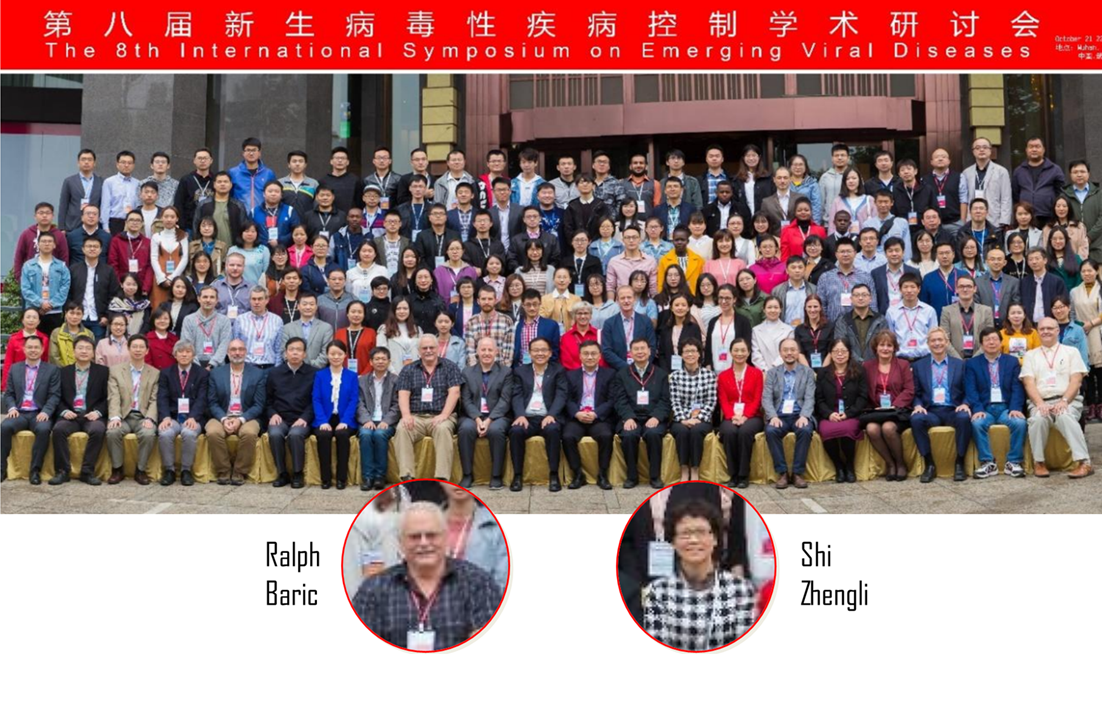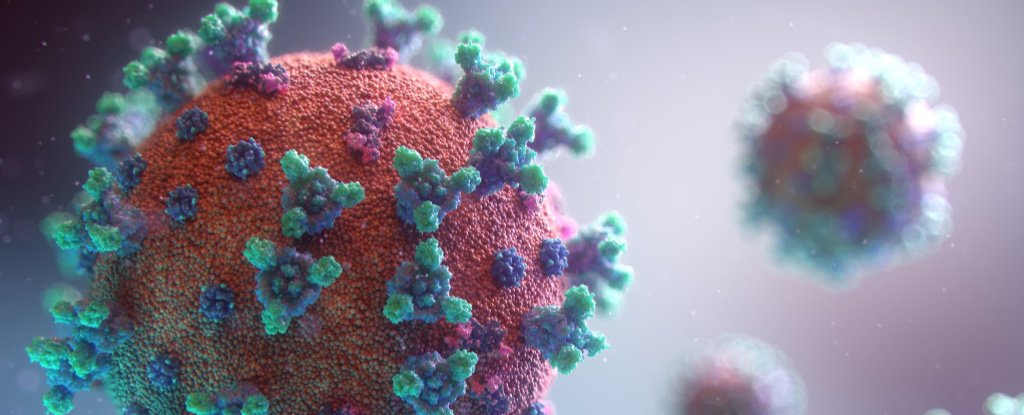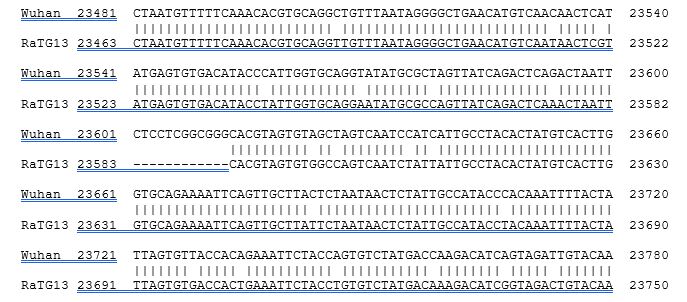j'ai une question :
pour r?cup?rer des virus dans un lieu, il faut faire des pr?l?vements ou laisser se promener des lign?es animales con?ues pour cela, du type de celles d?crites dans ces articles:
La sous question devient : quid de la r?glementation quant ? la d?tention et des usages de ce type de lign?e ?
En management, on utilise parfois des animaux sentinelles, par exemple pour les influenza,on met des poules avec des canards. Les meilleurs animaux sentinelles, pour les coronavirus, ce ne sont pas alors ceux con?us en laboratoire, pour cela et mis ou il faut ?
Je dis aussi cela car visiblement pour aller chercher des virus dans une grotte, vu les publications, cela a ?t? peut efficient et tr?s long. Faitre vivre des animaux sentinelles dans ces lieux, ce n'est pas plus simple ?
pour r?cup?rer des virus dans un lieu, il faut faire des pr?l?vements ou laisser se promener des lign?es animales con?ues pour cela, du type de celles d?crites dans ces articles:
La sous question devient : quid de la r?glementation quant ? la d?tention et des usages de ce type de lign?e ?
En management, on utilise parfois des animaux sentinelles, par exemple pour les influenza,on met des poules avec des canards. Les meilleurs animaux sentinelles, pour les coronavirus, ce ne sont pas alors ceux con?us en laboratoire, pour cela et mis ou il faut ?
Je dis aussi cela car visiblement pour aller chercher des virus dans une grotte, vu les publications, cela a ?t? peut efficient et tr?s long. Faitre vivre des animaux sentinelles dans ces lieux, ce n'est pas plus simple ?










Comment